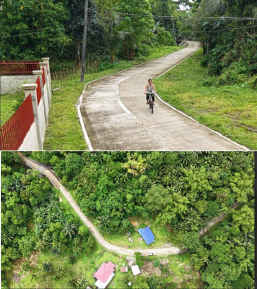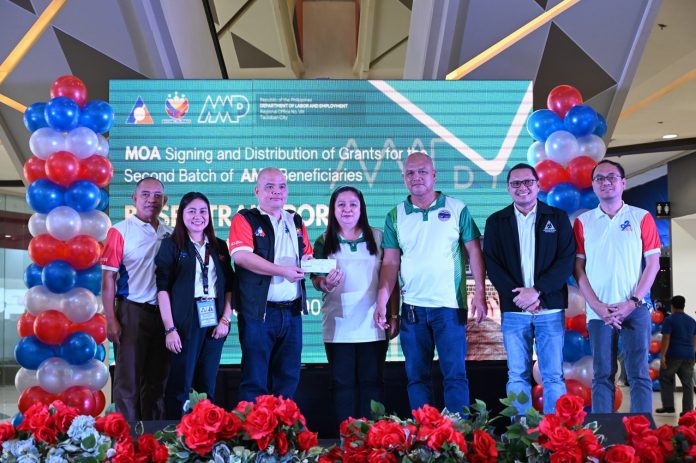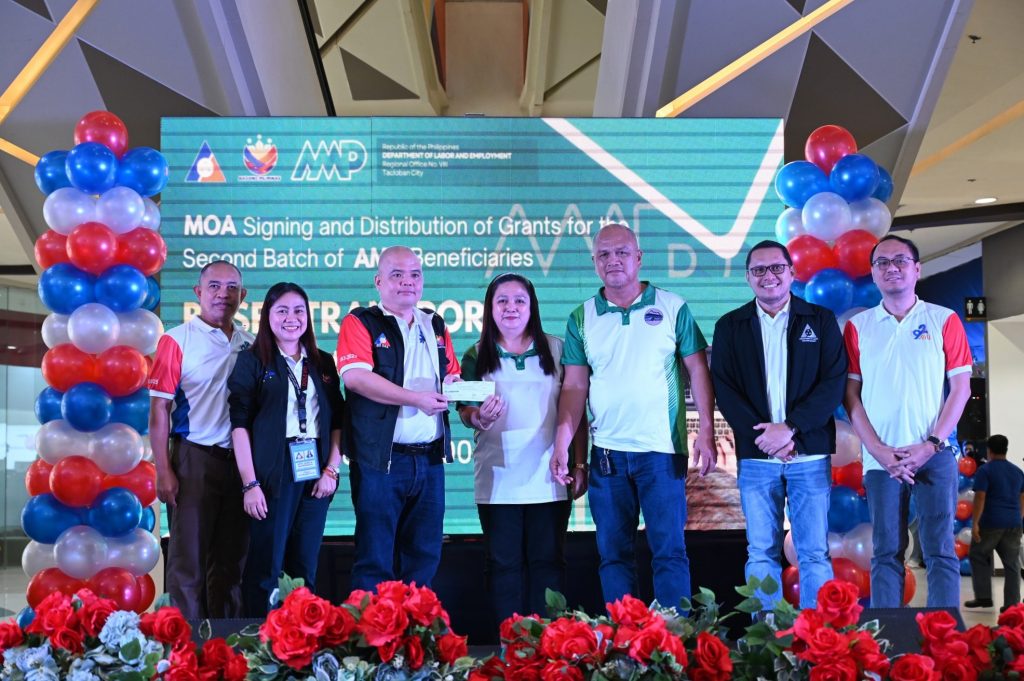TACLOBAN CITY– In August 2025, the balance of trade in goods (BoT-G) of Eastern Visayas bounced to USD 16.64 million surplus, from a trade deficit of USD 5.71 million in August 2024.
Significant declines were noted in export and import. Total value of exports dropped by 77.6 percent from USD 130.68 million in August 2024 to USD 29.31 million in August 2025. Moreover, total value of imports dropped by 90.7 percent from USD 136.39 million in August 2024 to USD 12.66 million in August 2025.
The total external trade of the region in August 2025 posted at USD 41.97 million was 84.3 percent lower than the USD 267.07 million recorded in August 2024.
The total volume of goods exported by the region in August 2025 reached 958.50 million kilograms, substantially higher than the 67.88 million kilograms of goods exported in August 2024. The commodity group of ore, slag and ash comprised more than two-fifth (41.7%) of the total value of exports in August 2025 at USD 12.22 million. The region’s exports to Malaysia and People’s Republic of China amounted to USD 9.83 million and USD 9.77 million, respectively, with each market accounting for more than one-third of the total export value in August 2025.
The region imported 109.87 million kilograms of goods in August 2025. This was 15.7 percent higher than the 94.96 million kilograms of goods imported in August 2024. Imported cereals commodity group worth USD 5.14 million comprised the bulk of the imports at 40.6 percent of the total value of imports in August 2025. Vietnam was the top import supplier in August 2025, with imports valued at USD 5.34 million, which comprised 42.2 percent of the total import value. (PR)







